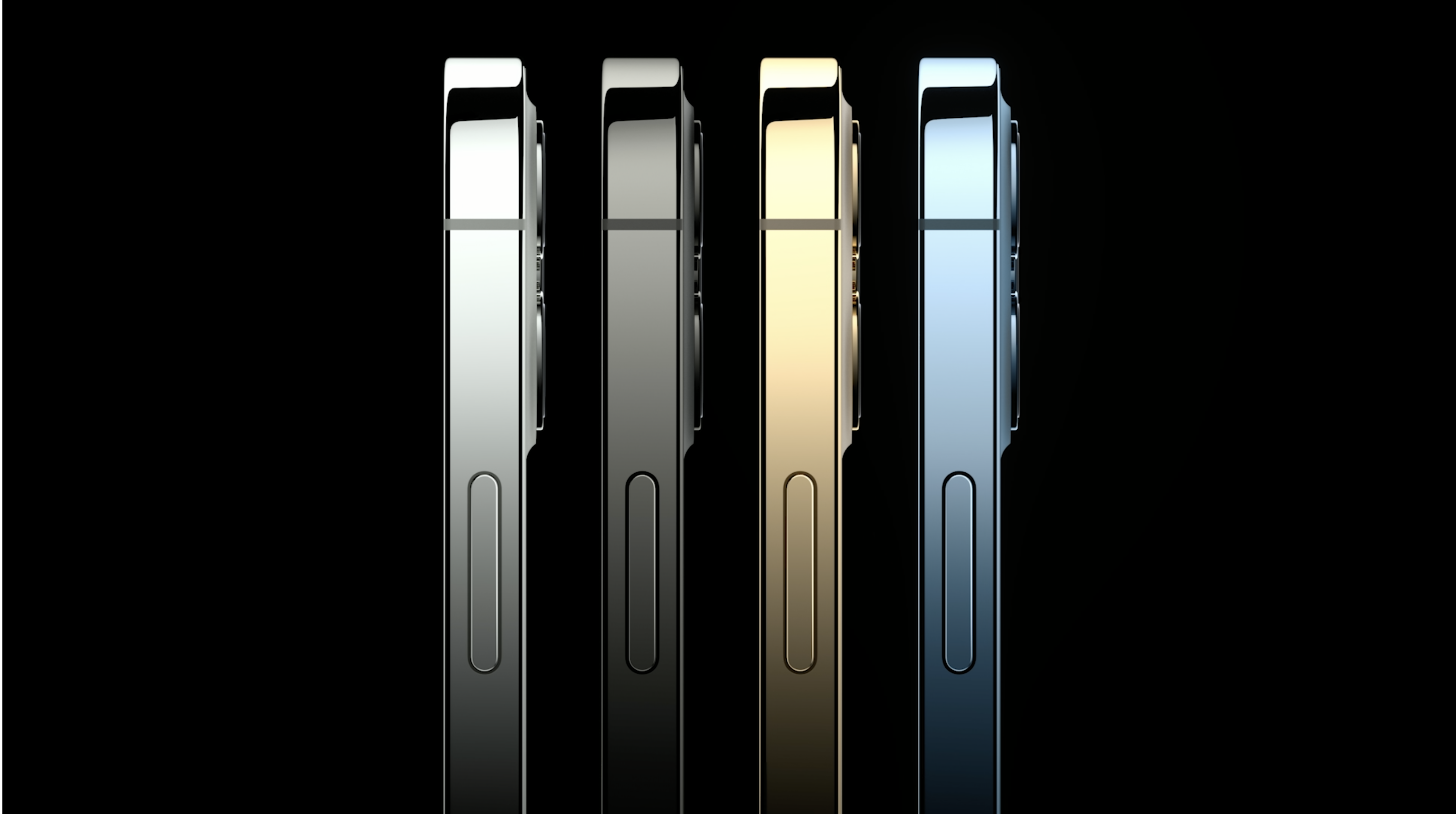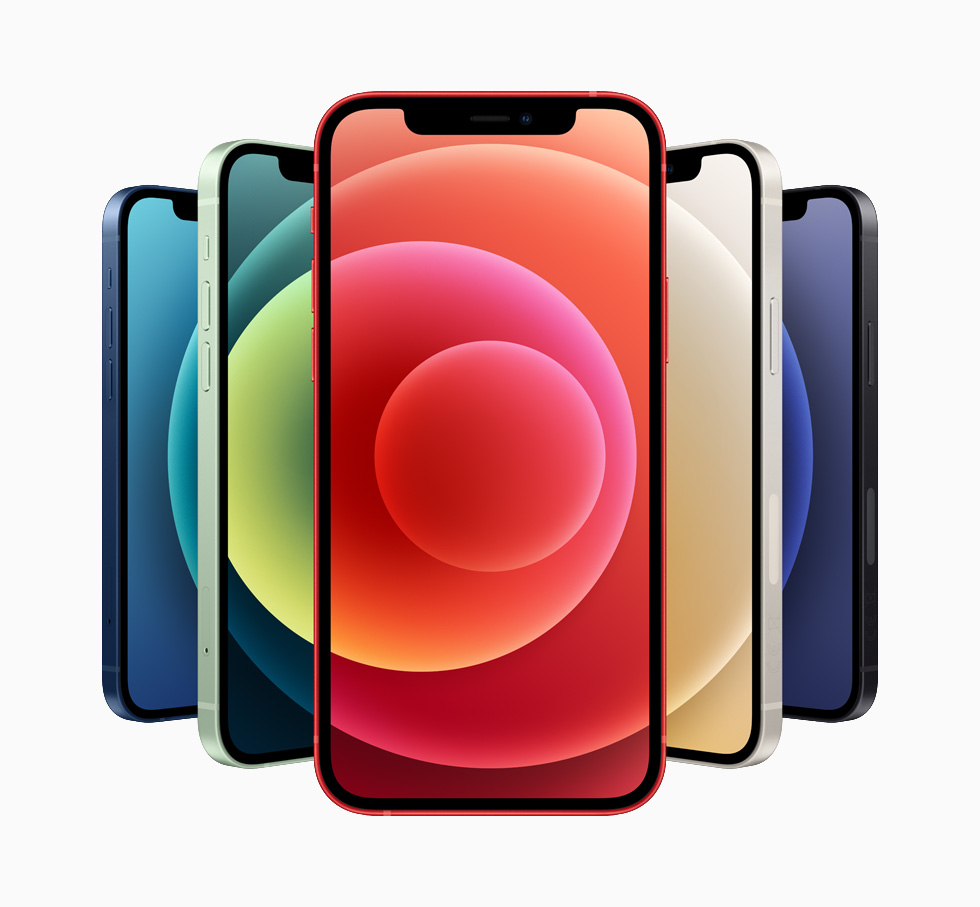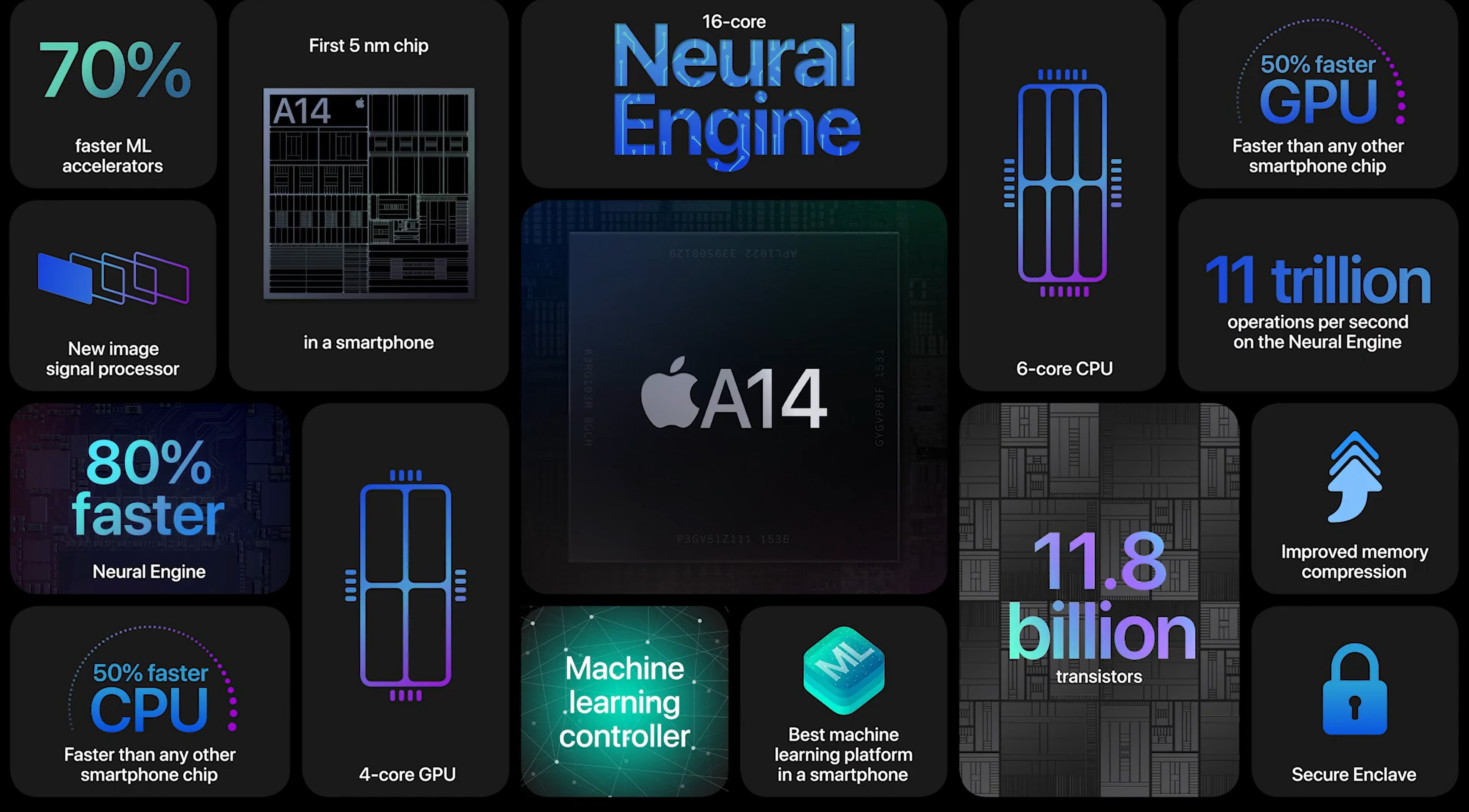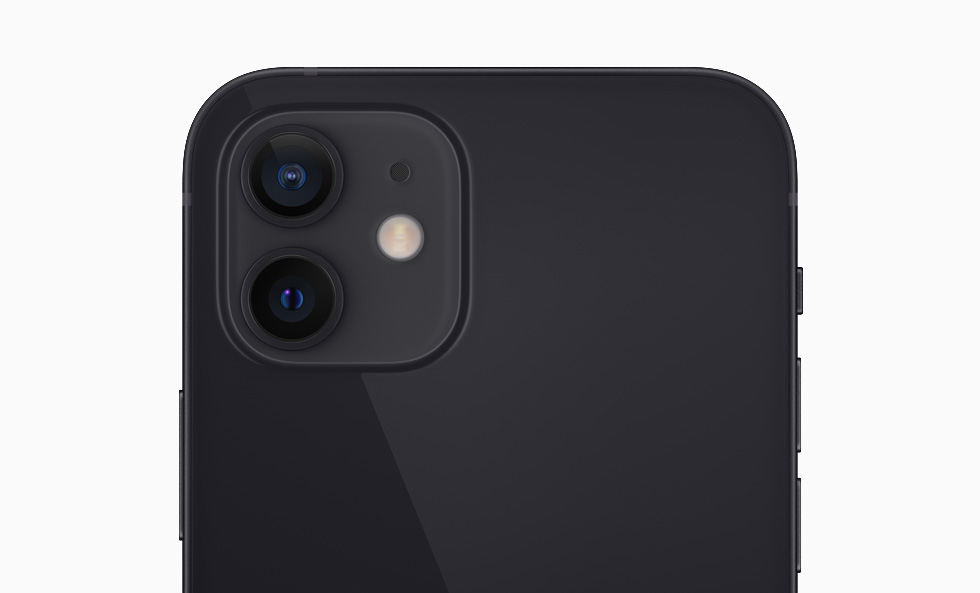iPhone 12 vs. iPhone 12 Pro: Which new Apple phone is best?
Which new iPhone 12 should you buy?

Apple unveiled four new iPhones at its "Hi, Speed" event: the iPhone 12, iPhone mini, iPhone 12 Pro and iPhone 12 Pro Max. To simplify things, you can put these phones into two groups, the iPhone 12 and iPhone 12 mini, and the iPhone 12 Pro and iPhone 12 Pro Max. The only major differences between the phones in each of those groups are screen size and battery capacity. As such, deciding between them is pretty straightforward, you just need to choose the right size for you.
Now the question is how do the standard models compare to the Pro versions? We'll do all the hard work for you by comparing the iPhone 12 against the iPhone 12 Pro. From there, you can decide which of Apple's four new phones is right for your budget and needs.
- Best Prime Day phone deals: Up to $350 off select devices
- Best Prime Day deals: Top discounts on laptops, tablets and more
- Best Prime Day MacBook deals: Save on MacBook Air, MacBook Pro and more
iPhone 12 vs. iPhone 12 Pro: Price
Of course, the price (and possibly release date) of these phones will be a major factor in your buying decision.
Before I compare the cost of these two devices, it's worth mentioning that the iPhone 12 (and iPhone 12 mini) is $30 more expensive if you aren't an AT&T or Verizon customer. The unlocked price of the iPhone 12 Pro is not dependent on your carrier.
Now, the iPhone 12 starts at $829 for a 64GB model and goes up to $879 for the 128GB version. The most expensive config, with 256GB of storage, costs $979. Again, you can reduce those prices by $30 if you're buying the phones outright on AT&T or Verizon.
The iPhone 12 Pro starts at $999 but comes with 128GB of storage. Upgrading to 256GB raises the price to $1,099 while the 512GB version goes for $1,299.
iPhone 12 vs. iPhone 12 Pro: Design
The iPhone 12 Pro has a more premium design than the iPhone 12 based on the difference in materials. The Pro model has a ceramic shield front panel, a stainless steel frame and a textured matte glass back.
Sign up to receive The Snapshot, a free special dispatch from Laptop Mag, in your inbox.
In comparison, the iPhone 12 has a regular glass back and an aluminum frame to go along with the ceramic shield front screen.

Apple claims the ceramic shield is infused with nano-ceramic crystals, making it 4x stronger than regular glass, so both phones should be pretty durable.
Aesthetically, the two phones are similar, both sporting a new flat-edge that should make the phone easier to grip. On the front, is an edge-to-edge screen that is only obstructed by a notch where the front-facing camera and sensors are located. Speaking of which, Face ID is present on both devices for facial recognition login. There is no fingerprint scanner.

Both phones are rated to IP68 water resistance, which means the iPhone 12 and iPhone 12 Pro will survive a 6-meter dive for up to 30 minutes.
The iPhone 12 Pro (and iPhone 12 Pro Max) comes in four finishes: graphite, silver, gold, and pacific blue. The iPhone 12 (and iPhone 12 mini) will be available in five color options, including blue, green, black, white, and PRODUCT (RED).
At 5.8 x 2.8 x 0.3 inches and 6.8 ounces, the iPhone 12 Pro is the same size but considerably heavier than the iPhone 12, which comes in at 5.8 ounces.
iPhone 12 vs. iPhone 12 Pro: Display
Going off Apple's specs, there is one minor difference between the iPhone 12’s display and the one on the iPhone 12 Pro.

The 6.1-inch, 2532 x 1170-pixel display on the iPhone 12 Pro reaches a peak brightness of 800 nits, outshining the 6.1-inch panel on the iPhone 12, which illuminates to 625 nits. That being said, both reach a blinding 1,200 nits of brightness when HDR is enabled.
The two displays are otherwise the same. They are both edge-to-edge OLED panels with Super Retina XDR, HDR support and True Tone. All those acronyms and buzzwords mean the screens should look outstanding with vivid colors, inky black levels and sharp details.
iPhone 12 vs. iPhone 12 Pro: Specs
| Row 0 - Cell 0 | iPhone 12 | iPhone 12 Pro |
| Price | $829 ($799 at AT&T, Verizon) | $999 |
| Display (resolution, refresh rate) | 6.1 inches, 2532 x 1170-pixels, OLED with HDR, True Tone | 6.1 inches, 2532 x 1170-pixels, OLED with HDR, True Tone |
| Materials | Aluminum, ceramic shield | Stainless steel, ceramic shield |
| CPU | A14 Bionic | A14 Bionic |
| Rear Cameras | Dual 12MP (ultra-wide, wide) | Triple 12MP (ultra-wide, wide, telephoto) |
| Front camera | 12MP, f/2.2 | 12MP, f/2.2 |
| Battery life (estimated) | 17 hours (video playback) | 17 hours (video playback) |
| Water resistance | IP68 | IP68 |
| Colors | Green, Blue, White, Black, (Product) Red | Pacific Blue, Gold, Graphite, Silver |
| Size | 5.8 x 2.8 x 0.3 inches | 5.8 x 2.8 x 0.3 inches |
| Weight | 5.8 ounces | 6.7 ounces |
Both phones run on the new A14 Bionic chip and support 5G connectivity. Let's start with the new processor. Apple says the SoC, built on a 5-nanometer process, is up to 50% faster in both CPU and GPU performance than the chips in competing smartphones.
The A14 powers everything the iPhone 12 and iPhone 12 Pro are capable of doing. For example, the A14 can play demanding games at high frame rates, perform computation photography and enable the first-ever Dolby Vision video capture in a smartphone. Apple claims the 16-core neural engine delivers an 80% performance boost from the previous version and is capable of completing 11 trillion operations per second.

Efficiency is another area Apple touched on. The company says the A14 chip is more power-efficient than the previous chip, so we're expecting longer runtimes from both the iPhone 12 and iPhone 12 Pro.
One important spec difference between these phones is the starting storage capacity. For $799, the base iPhone 12 comes with 64GB of storage whereas the base $999 iPhone 12 Pro starts with 128GB of storage.
Apple spent a long time hyping 5G, the new wireless standard supported by all four of the new iPhone 12 models. So yes, the iPhone 12 and iPhone 12 Pro both come with 5G support (sub-6Ghz and mmWave), which is great if you live in an area covered by those superfast speeds. But so far, 5G is only offered in select markets, and theoretical speeds vary based on carriers. Apple claims the iPhone 12 can reach speeds of up to 4Gbps, which would allow for instant downloads, 4K streaming, and more.
iPhone 12 vs. iPhone 12 Pro: Cameras
Here is where the similarities between the iPhone 12 and iPhone 12 Pro end.
The iPhone 12 Pro comes with a triple-camera setup that includes an ultra-wide-angle lens, a standard wide-angle lens and a telephoto lens. The standard model gets the first two, but misses out on the zoom lens. As a result, the iPhone 12 gets 4x optical zoom whereas the iPhone 12 is stuck at 2x.

That's not the only difference. The iPhone 12 Pro also has a LiDAR scanner, capable of improving Night mode shots along with enhancing the AR experience. The Pro is capable of shooting night mode portraits — the iPhone 12 cannot — and a new ProRAW mode gives photographers more control over the color, detail, and dynamic range of photos.
Digging into the specs, the iPhone 12 and iPhone 12 Pro share the same 12MP f/1.6 aperture main camera and f/2.4 aperture ultra-wide lens. The telephoto lens exclusive to the Pro has an f/2.0 aperture. The iPhone 12 Pro has 4x zoom (2x in, 2x out) and digital zoom of up to 10x versus 5x on the iPhone 12.

Video recording goes up to 4K at 60 frames per second, now with Dolby Vision HDR, making the iPhone 12 and iPhone 12 Pro the first smartphones to support the standard. HDR video recordings in Dolby Vision go up to 60 fps on the iPhone 12 Pro and 30 fps on the iPhone 12.
Selfies are snapped on a 12MP f/2.2 aperture lens on both models. That camera is packed with features, including portrait mode, portrait lighting effects, 4K video recording at 60 fps and Dolby Vision HDR video.
iPhone 12 vs. iPhone 12 Pro: Battery life
Based on Apple's own runtimes, the iPhone 12 and iPhone 12 Pro should deliver the same battery life. Apple estimates 17 hours of video playback or 11 hours of streaming from these two smartphones. Audio playback brings the runtime up to 65 hours.
Unfortunately, Apple has stubbornly kept the Lightning connector on the iPhone 12 and iPhone 12 Pro. They are capable of charging to 50% in 40 minutes using the 20W charger, which is sold separately. Apple will not provide a charger in the box with either phone.
iPhone 12 vs. iPhone 12 Pro: Outlook

There are more similarities than differences between the iPhone 12 and iPhone 12 Pro. The two phones have the same footprint and flaunt 6.1-inch OLED displays. Under the hood is an A14 Bionic chip while Lightning, for better or worse, is the charging port of choice.
So why is the iPhone 12 Pro $170 more expensive? The Pro is made of stainless steel whereas the standard model uses aluminum. The extra money also gets you a third telephoto lens for better zoom with a LiDAR sensor for improved low-light images. You also get night mode portrait shots on the iPhone 12 Pro, a feature not available on the iPhone 12. Before opting for the standard model, consider that the base version comes with 64GB of storage whereas the iPhone 12 Pro starts with 128GB.
One advantage the iPhone 12 has over the iPhone 12 Pro is portability — the standard model is an ounce lighter than the Pro. Oh, and you get an extra color option.
Where does this leave us? If photo quality is a priority for you, it might be worth spending extra on the iPhone 12 Pro, which sports a third lens and a LiDAR sensor. You might also opt for the iPhone 12 Pro for its more premium stainless steel material and the other small advantages it has over the iPhone 12. If those don't matter to you, then the iPhone 12 will get you almost everything the Pro offers and at a lower price.
Phillip Tracy is the assistant managing editor at Laptop Mag where he reviews laptops, phones and other gadgets while covering the latest industry news. After graduating with a journalism degree from the University of Texas at Austin, Phillip became a tech reporter at the Daily Dot. There, he wrote reviews for a range of gadgets and covered everything from social media trends to cybersecurity. Prior to that, he wrote for RCR Wireless News covering 5G and IoT. When he's not tinkering with devices, you can find Phillip playing video games, reading, traveling or watching soccer.

